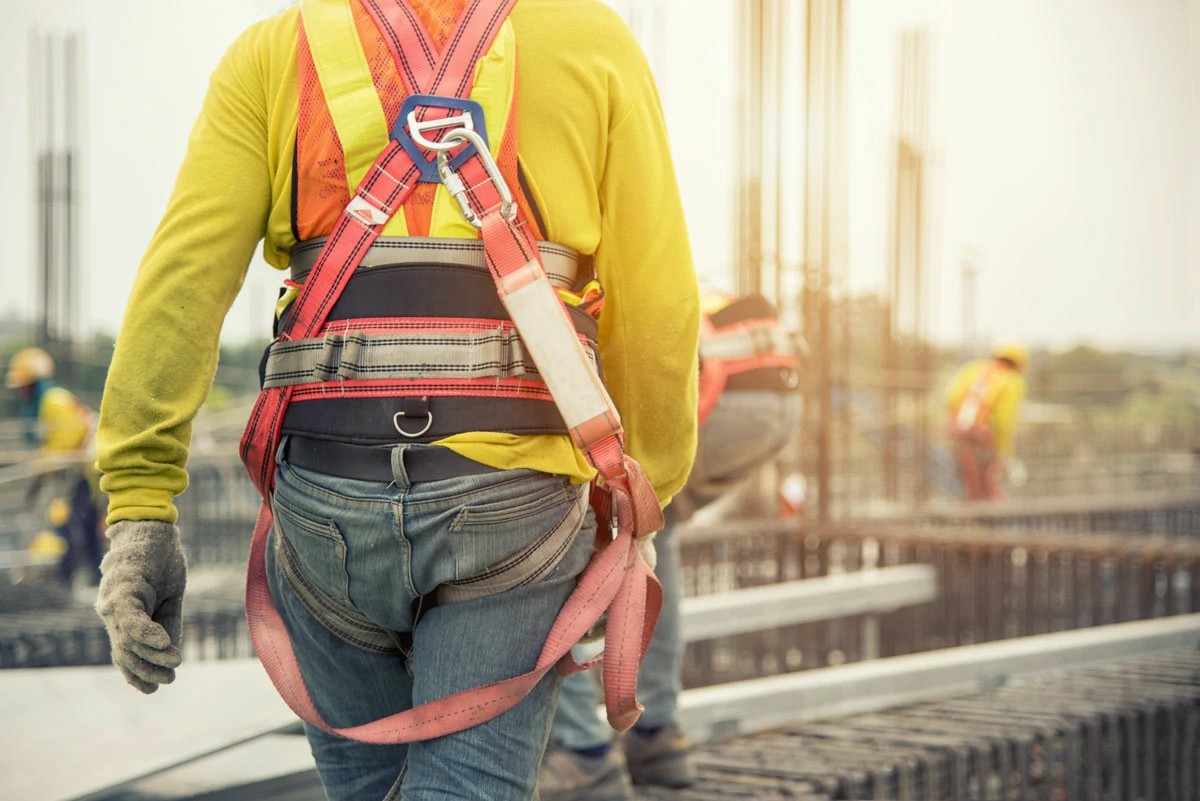


 349,500 Offered Certificates
349,500 Offered Certificates
 24/7 Online Training
24/7 Online Training
 Money Back Guarantee
Money Back Guarantee
 Fully Accredited Courses
Fully Accredited Courses

Created at: 22-02-2025 16:52
Working at Heights has long been recognized as one of the most dangerous occupations, with falls accounting for a substantial percentage of workplace injuries and fatalities. As the industry evolves, so does the technology designed to protect workers at elevated positions. This article delves into the latest innovations in safety equipment, such as cutting-edge harness technologies, self-retracting lifelines, and the transformative use of virtual reality in training simulations.
The importance of utilizing advanced safety gear in Working at Heights cannot be overstated. Enhanced fall protection technologies not only safeguard employees but also facilitate compliance with stringent industry regulations. By incorporating the latest innovations, companies can minimize accident rates, foster a culture of safety, and reduce associated costs.
Harnesses are the cornerstone of fall protection strategies in Working at Heights. Recent advancements have led to the development of more comfortable, ergonomic, and user-friendly harnesses. Here’s an overview of the latest trends in harness technology:
A construction company in Dublin implemented the latest ergonomic harnesses for its crew. Feedback revealed that worker comfort increased productivity by 15%, with reduced fatigue contributing to fewer safety incidents.
Self-retracting lifelines (SRLs) are crucial for fall prevention, allowing workers to move freely while providing an automatic retraction mechanism. The latest innovations include:
Companies utilizing the latest self-retracting lifelines report lower insurance premiums and fewer compliance issues due to the superior protection provided. Investing in these advancements can yield a strong return by preventing costly accidents.
The integration of virtual reality (VR) into Working at Heights training programs is transforming how employees learn safety protocols. Key benefits include:
A construction firm in Galway adopted a VR training module for Working at Heights. Following the implementation, the company reported a 20% reduction in incidents within six months, showcasing the potential of immersive training techniques.
The emergence of smart safety devices within the Working at Heights sector is revolutionizing the way organizations ensure employee safety. Examples include:
The latest advancements in Working at Heights safety equipment and training technology signify a critical leap towards enhancing workplace safety. By adopting cutting-edge harnesses, reliable self-retracting lifelines, and immersive virtual reality training, businesses can substantially reduce the risks associated with working at heights.
We encourage all organizations to invest in certified Working at Heights training and explore new safety technologies. Together, we can create safer work environments for all employees.
If you're interested in learning more about Working at Heights training and certification opportunities, contact us at [email protected].